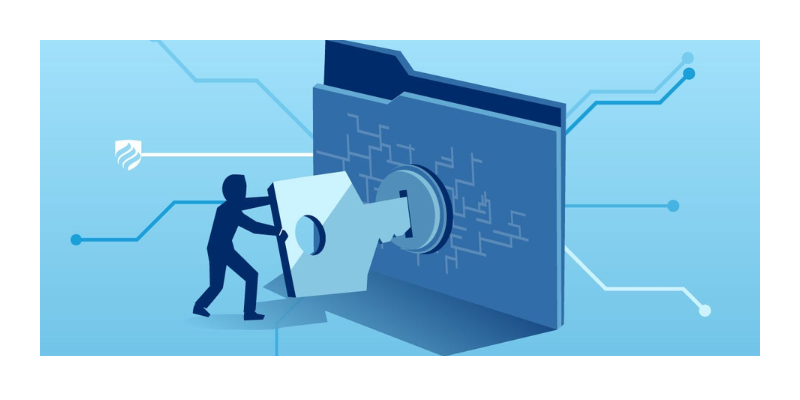
In today’s digital age, where technology permeates every aspect of our lives, ensuring the security of our digital assets has become paramount. Amidst the myriad of security terms and concepts, two terms often emerge cybersecurity and network security. While closely related, understanding their differences is crucial for implementing comprehensive security measures. If you’re interested in learning more about this, you might want to consider a Cyber Security Course in Bangalore. In this blog, we delve into the nuances of cybersecurity and network security, clarifying their distinctions and highlighting their importance in safeguarding our digital world.
Cybersecurity: Safeguarding the Digital Realm
Cybersecurity encompasses a comprehensive approach to protecting computer systems, networks, and data from unauthorized access, theft, or damage. It is a broad discipline that encompasses various layers of defense mechanisms to ensure digital assets’ confidentiality, integrity, and availability.
At its core, cybersecurity focuses on safeguarding against a wide range of cyber threats, including malware, phishing attacks, data breaches, and cyber espionage. It involves implementing proactive measures to identify vulnerabilities, mitigate risks, and respond to security incidents effectively.
Key components of cybersecurity include:
- Network Security: While network security is a subset of cybersecurity, it plays a crucial role in safeguarding the networking infrastructure. It involves implementing measures such as firewalls, intrusion detection systems, and encryption protocols to protect data transmitted over networks.
- Endpoint Security: This involves securing individual devices such as computers, laptops, and mobile devices from cyber threats. Endpoint security solutions include antivirus software, endpoint detection and response (EDR) systems, and mobile device management (MDM) solutions. The Cyber Security Course in Marathahalli involves securing individual devices such as computers, laptops, and mobile devices from cyber threats.
- Application Security: As applications become increasingly integral to business operations, securing them against vulnerabilities and attacks is essential. Application security focuses on identifying and remediating security flaws in software applications to prevent exploitation by malicious actors.
- Data Security: Protecting sensitive data from unauthorized access or disclosure is a critical aspect of cybersecurity. Data security measures include encryption, access controls, data loss prevention (DLP) solutions, and secure data storage practices.
- Identity and Access Management (IAM): IAM involves managing user identities and controlling access to systems and resources. It includes processes such as user authentication, authorization, and privilege management to ensure that only authorized users have access to sensitive information.
Network Security: Fortifying the Digital Highway
Network security specifically focuses on securing the networking infrastructure to prevent unauthorized access, data interception, or network disruptions. It involves implementing measures to protect the confidentiality, integrity, and availability of data transmitted over networks, including the internet, intranet, and extranet.
Key aspects of network security include:
- Firewalls: Firewalls act as a barrier between a trusted internal network and untrusted external networks, filtering incoming and outgoing network traffic based on predetermined security rules.
- Intrusion Detection and Prevention Systems (IDPS): IDPS solutions monitor network traffic for suspicious activity or known attack signatures and take action to block or mitigate potential threats.
- Virtual Private Networks (VPNs): VPNs establish secure encrypted tunnels over public networks, allowing remote users to access corporate networks securely.
- Access Control Lists (ACLs): ACLs control access to network resources by defining rules that permit or deny traffic based on specified criteria, such as IP addresses, ports, or protocols.
- Encryption Protocols: Encryption protocols such as SSL/TLS secure data transmitted over networks, ensuring that it remains confidential and cannot be intercepted or tampered with by unauthorized parties.
While cybersecurity encompasses a broader spectrum of protective measures to safeguard digital assets, network security focuses on securing the networking infrastructure. By understanding the distinctions between cybersecurity and network security and implementing comprehensive security measures that address both aspects, organizations can better protect themselves against evolving cyber threats in today’s interconnected world. When looking for comprehensive cybersecurity and network security training, consider finding a reliable Training Institute in Marathahalli that can provide the necessary knowledge and hands-on experience. With cyber-attacks on the rise, prioritizing cybersecurity and network security has never been more critical in safeguarding our digital future.
Also Check: Cyber Security Interview Questions and Answers
